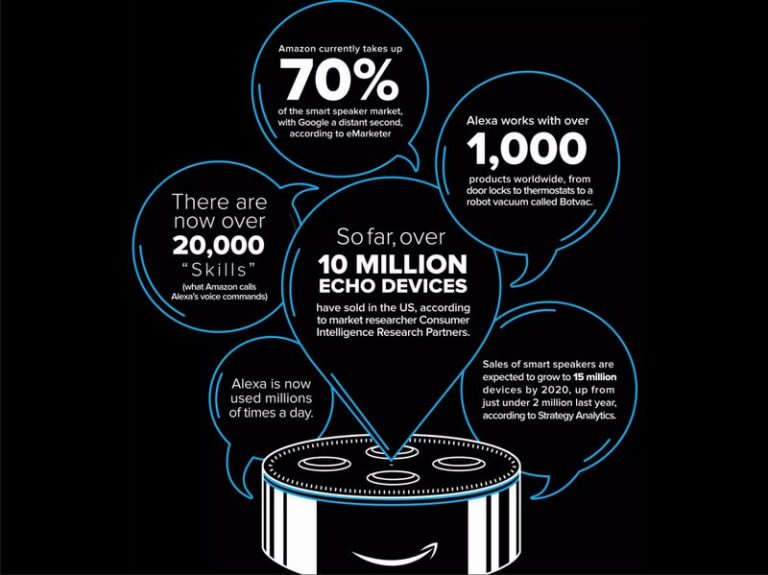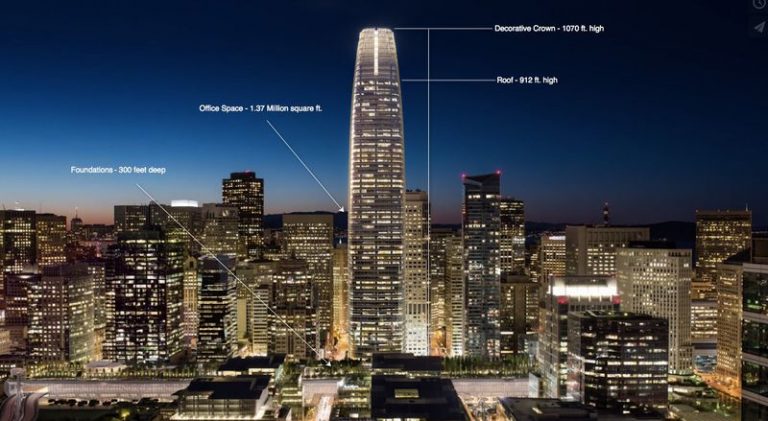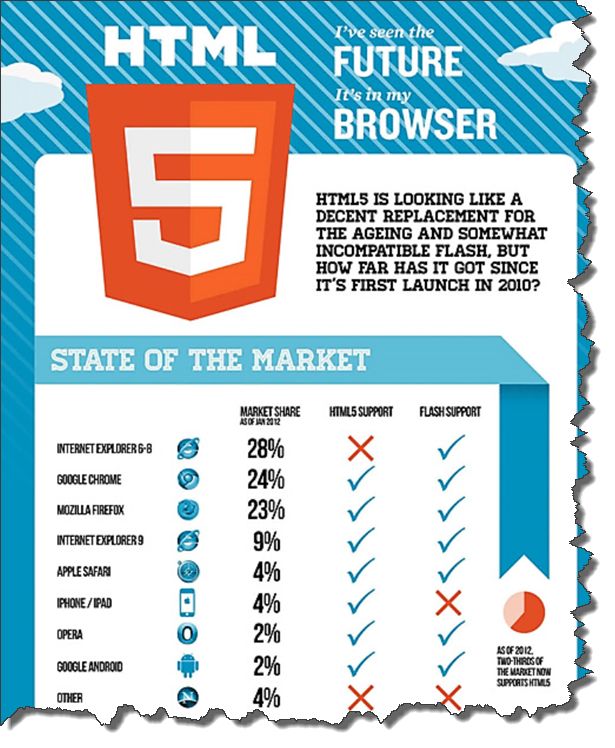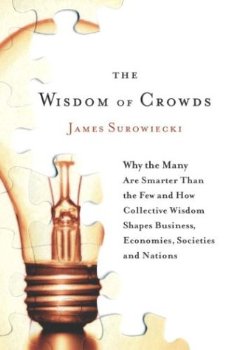The Unprecedented Scale of AI’s Impact Unlike previous technological revolutions that transformed specific sectors or capabilities, artificial intelligence stands poised to reshape virtually every aspect of human civilization. The recent strategic moves by tech giants Amazon and Microsoft – with their multi-billion dollar investments in Anthropic and OpenAI respectively – merely hint at AI’s vast […]
We May Be Driving and Living in Alexa’s World
Why We May Soon Be Driving and Living in Alexa’s World Unless Google or Apple’s will say I do! Amazon’s voice assistant has wormed herself into our lives, and into much of the culture beyond, When Amazon unveiled Alexa three and a half years ago, it was roundly jeered. Now, against all expectations, even […]
Top Technology firms erect shrines to themselves
Many of the nation’s leading technology firms are erecting billion dollar shrines to themselves, while hoarding cash and using the American public to pay the bill. Is big tech robbing the country’s revenues by declaring their intellectual property resides in offshore tax havens ? Are they devaluing the country’s technical labor force by using lower-wage […]
FLASH RETIRES FOR GOOD 2016?
2016 will be the first year marketers will not have Flash to fall back on as a crutch. As an interactive element, Flash has been intertwined with the user experience since its inception. With Web design now more important than ever, marketers must turn to other tools to maximize how visitors interact with their Web […]
Amazon Wants to Help Write Your Book
Cover via Amazon




